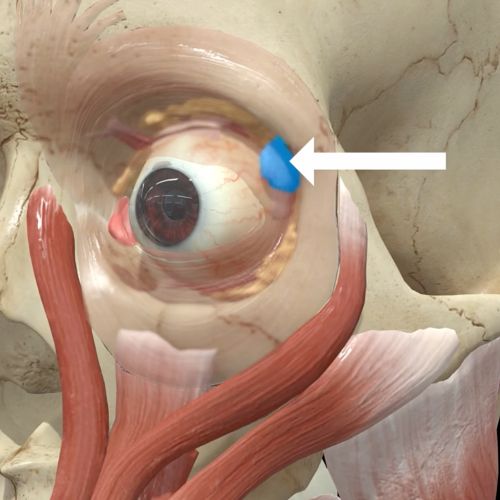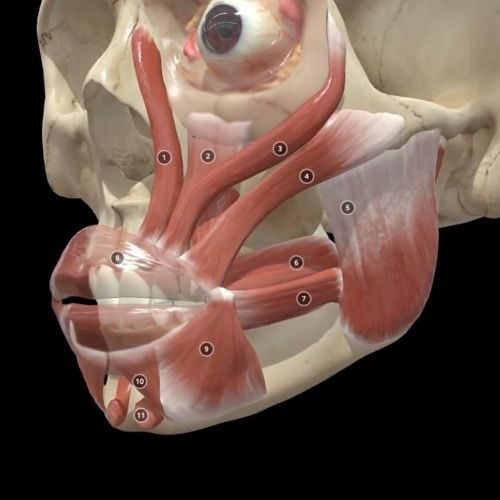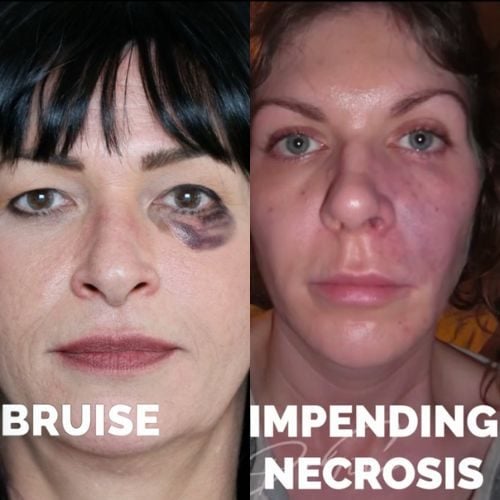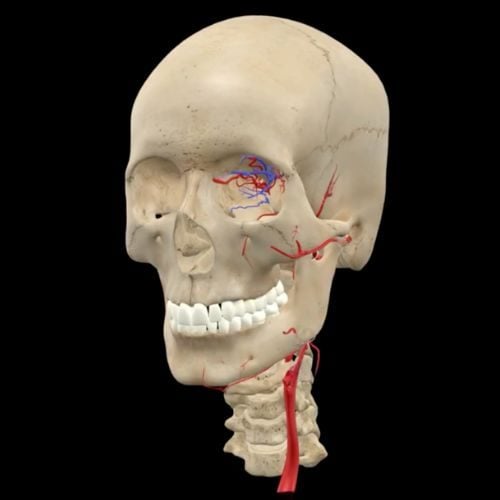- Mail us: support@drtimpearce.com
Dermal filler injections: is aspirating dangerous?
You may be interested
 Dr Tim Pearce
Dr Tim Pearce

Award-winning aesthetic doctor, Dr Steven Harris recently posted a thought-provoking piece on his Instagram feed about the practice of aspirating when injecting dermal filler, calling it ‘unreliable practice’ as a safety measure due to the ‘large numbers of false negatives’.
Those of you who follow Dr Tim Pearce on his social media feeds and blogs will know that he regularly recommends aspirating. In this blog, Dr Tim will break down the claims made by Dr Harris including his alternative approach to aspirating and the publications referenced to support his opinion. He will untangle the evidence, discuss his own hypothesis and why he believes that aspirating is safe, and highlight other safety measures you can take alongside aspirating when delivering injections of cosmetic fillers.
Do you feel anxious about causing complications? Many clinicians feel so overwhelmed with the thought of causing a vascular occlusion that it stops them growing their aesthetics business. Dr Tim is currently hosting a webinar series to help you overcome your fear of complications so that you can uplevel your knowledge, and increase your CPD-certified learning to build a successful aesthetics business. Sign up here >>
Is there an alternative to aspirating when injecting dermal filler?
The main claim expounded by Dr Harris in his Instagram post is that gentle movements of the needle, by approximately 4-5mm, back and forth, moving away from the periosteum is safer than aspirating at the periosteum, and that aspirating itself is unreliable, nay dangerous practice. The claim further maintains that movement is a well-recognised and promoted safety measure, that aspiration is not well recognised or recommended by consensus safety groups, and that there are no publications (peer-reviewed studies) to support the use of aspiration.
To get to the bottom of these claims, Dr Tim decided to review all the publications put forward by Dr Harris to support the use of an alternative approach to aspiration.
Where is the evidence that aspirating is unsafe?
The first publication highlighted is a paper entitled, A consensus on minimising the risk of hyaluronic acid embolic visual loss and suggestions for immediate bedside management.
This paper cites evidence that aspiration works but goes on to discount it because it is not 100% reliable, stating that ‘there is currently no evidence to support aspiration as a safety measure’. It quotes a study that showed aspiration detected intravascular placement of a needle in 53% of cases; that IS evidence that a 3-second aspiration could halve your chances of causing a vascular occlusion (VO).
A contradiction, so what is going on?
It is vital that you understand that most of the time people are not talking about the evidence, they are talking about their opinion, and trying to use evidence to back it up. You must read these published papers, and the studies cited within, in the context of a clear hypothesis that you, and they, are testing. Dr Tim believes that it is frequent that people have different hypotheses in their minds, thus looking at the same evidence leads to differing conclusions.
Dr Tim’s hypothesis is that useful information can be gained from aspirating which may lower the risk of causing a VO. His hypothesis is not that aspirating works every single time you perform it; however, that is the hypothesis that the paper is using, i.e., if it does not work 100% of the time, it is useless.
Of course, nothing works 100% of the time, but we do not discount wearing seatbelts in cars, or helmets on bikes as good safety measures, for example. When it comes to risk, we are working in probabilities and not absolutes. If we applied this flawed way of thinking to other areas of medicine, there would be no use of diagnostic screening, X-rays, or MRI scans as all are not 100% certainties.
If we change our thinking towards questioning, where can it be useful? Can it teach us or show us anything that can be used to keep patients safer? – then we have a better approach towards choosing to aspirate or not.
Every paper that Dr Tim has seen discounting the validity of aspiration imposes an impossibly high standard to aspirating but does not impose the same standard to the other safety measures that we take.
Understanding false positive and false negative aspiration results
 On the original Instagram post, there was a lot of discussion surrounding the evidence for negative and positive results from aspiration. Dr Tim points out that although false negatives and false positives exist, they are not the be-all and end-all of whether a test is valid, or not.
On the original Instagram post, there was a lot of discussion surrounding the evidence for negative and positive results from aspiration. Dr Tim points out that although false negatives and false positives exist, they are not the be-all and end-all of whether a test is valid, or not.
Aspirating is a test to gather information before an action, thus, it is just like any other screening test, all of which have both false positives and false negatives, true positives, and true negatives. It is important to take that into account before deciding whether a test is valid, and not simply focusing on the existence of false negatives and false positives to discredit it. Even with false negatives and false positives as a given, there is a way that we may be able to reduce their occurrence and increase the sensitivity of the test.
There is nothing wrong with injecting less per injection site and there is nothing wrong with aspirating more than once is a high-risk area (e.g., for a linear thread). The justification for using a test like aspirating is not that it is 100% sensitive and specific, only that it is sensitive and specific ENOUGH to offset the risk of doing the test (pulling on the plunger of the syringe for a few seconds).
However, the comments on the original post tended to imply that those aspirating can become cavalier injectors because they are immediately overly reassured by the act of performing an aspiration test, (discounting anything else they may also do to reduce the risk to their patient) and become overly confident and complacent in their injection delivery, something that Dr Tim disputes as false.
Other safety measures to take when injecting dermal filler as well as aspirating
Aesthetic injectors should perform additional safety checks as well as aspiration when performing filler injections. It is possible to aspirate and still maintain your guard and use other measures to reduce the size of a vascular occlusion. This is not an either/or choice, and aspirating does not and should not make clinicians ignore other steps.
You may, for example, use smaller boluses of filler product, check how your patient responds as you are injecting – looking for signs of increased pain, change the position of your needle, re-aspirate, or observe a reassuring bulge from the filler deposition as associated with correct placement. This is what Dr Tim describes as layering on your safety steps, rather than binary choices between doing one thing or another.
Is moving your needle continuously in and out when injecting filler safer than aspirating?
The Instagram post claims that aspiration does not allow the important safety measure of movement. Dr Tim notes the irony of putting this forward as an alternative due to a lack of evidence for aspirating, as there is no evidence that movement is an important safety measure, only a concept or opinion. This has yet to be tested (under proper clinical trial conditions) in all the different areas of the face.
He believes that there are potential flaws to this theory. Firstly, in most cases, you are moving the needle tip from an area of lower, to an area of higher risk to keep it moving. The nature of anatomy dictates that we must all agree that there are higher probabilities of finding arteries at certain depths than in others, so, if you are moving your needle in and out, you are, in theory, always moving from a higher risk to a lower risk area, and that must be offset against keeping your needle in one plane.
Data is also lacking to determine that if you were skewering a vessel, how static it would remain with further movement. It is possible that 5mm of movement of the needle could take the artery with it to some degree, meaning that a large proportion of product could still be injected intravascularly. Without aspiration, you would be less aware of whether you were even in a vessel.
We do not have enough information about the risks if you move your needle in and out. Intuitively, it could be that you are going to increase the frequency of a vascular occlusion. Of course, increasing the frequency, but decreasing the severity may be laudable, but the data is not available for a determined argument.
How much filler does it take to cause significant harm in a vessel supplying different parts of the face? How much filler will you end up injecting if you are moving the needle just 5mm as you go in an out? Maybe half of a 0.3ml bolus goes into the vessel, that is still a significant vascular occlusion. Maybe that could be avoided with aspiration at different points along that line.
As Dr Tim concludes, we simply do not have these answers currently, however, he notes that anatomically speaking he believes that in most parts of the face there is a lower risk of finding an artery on the bone than in the fat. For example, the facial artery of the nasolabial fold; we know this artery is almost never found at the level of the periosteum but can be found above it quite frequently. Why would be assume, if you inject 0.2-0.3ml of filler that moving the needle closer to the artery as you come out would make things safer for the patient because hopefully only a third of the filler goes into the vessel? This is still a major potential injury and there’s a strong argument that you are safer staying on the bone at the periosteal level with an aspiration with a filler that you know works, and then delivering small amounts, repositioning your needle, aspirating again, and delivering more small amounts of product. The concept that moving your needle in an out is going to make your patient safer is, at best, unproven, and highly suspect, according to Dr Tim.
Although he is a proponent of the idea that severity is more significant than the frequency of vascular occlusions, (if those vascular occlusions are small), he believes that thinking in aesthetic practice is still at the stage where movement of the needle is a hypothesis and not a practice that is universally applicable to every injection of filler, as perhaps implied in the original social media post.
Why not have a read of some previous blogs on the subject including:
- Does aspirating work?
- Does ultrasound provide the evidence to support aspirating with fillers?
- How many seconds should you aspirate for when injecting?
You can find Dr Tim Pearce on Instagram if you want to drop him a comment or question to discuss aspiration or other patient safety techniques for performing dermal fillers.
Is your worst nightmare causing a VO?
If you want to be a great injector then you need to get over your fear of complications. Register here for the next webinar to help you overcome your complications anxiety >>
Subscribe to our YouTube channel for really useful regular tips and advice. ![]()
Aesthetics Mastery Show
Is Aspirating Dangerous?
In this episode, Dr Tim breaks down Doctor Harris’s controversial Instagram post that claimed aspiration is a dangerous practice. He shares his view on why aspirating IS safe and why he recommends it. Watch the full Aesthetics Mastery Show here.
The show has active discussion from aesthetics professionals. Some of the latest comments include:
“Thank you Dr Pearce for having the courage to break this down for us. I view both of you (Dr Harris and you) as the aesthetic experts and when I saw the post, I was very confused as I have always been pro-aspiration, for somewhat good reason. Great discussion! For what it’s worth, I will keep aspirating, I know it might give a false sense of safety, but I sleep better when I do! 🙂 THANK YOU!!”
Resilient_babe
To which Tim replied:
“I don’t think it’s false reassurance, There’s evidence that you may halve the number of vos over a lifetime in the papers which are bias against aspirating, I believe you can increase that benefit further by knowing your products and aspirating more skillfully, staying still better, and many other little things you learn when taking blood… I’ll probably do a video on this at some point.”
Resilient_babe
While another practitioner wrote:
“Right. My simple question from no-aspiration proponents is: If you aspirated before pressing the plunger and blood ran into the syringe, would you ignore it and inject?”
Mohsen Parvaresh @Beauty_Box_Clinic
Read more and join in the debate on our YouTube channel.
Filler Complications eLearning Courses
If you want to increase your confidence by learning how to handle complications, Dr Tim Pearce offers two comprehensive courses that are highly rated by our delegates:
Both give CPD and certificates on completion.
In addition, browse our FREE downloadable resources on complications.
Dr Tim Pearce eLearning
Dr Tim Pearce MBChB BSc (Hons) MRCGP founded his eLearning concept in 2016 in order to provide readily accessible BOTOX® and dermal filler online courses for fellow Medical Aesthetics practitioners. His objective was to raise standards within the industry – a principle which remains just as relevant today.
Our exclusive video-led courses are designed to build confidence, knowledge and technique at every stage, working from foundation level to advanced treatments and management of complications.
Thousands of delegates have benefited from the courses and we’re highly rated on Trustpilot. For more information or to discuss which course is right for you, please get in touch with our friendly team.
Related Articles
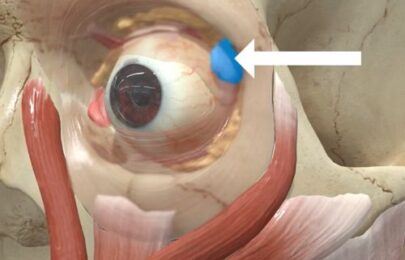 Bestseller
Bestseller
Avoiding Botox Eye Complications From Dry Eye to the ‘Psycho Look’
September 30, 2025
Avoiding Botox Eye Complications From Dry Eye to the ‘Psycho Look’
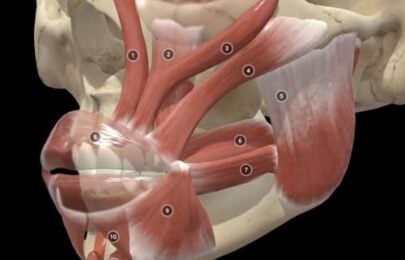 Bestseller
Bestseller
How to Fix a Crooked Smile with Botox
September 25, 2025
How to Fix a Crooked Smile with Botox
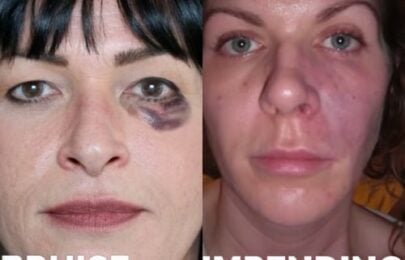 Bestseller
Bestseller
Multiple Causes of Vascular Occlusion and Necrosis
September 23, 2025

